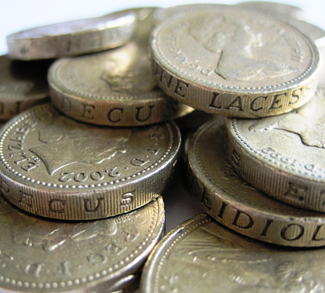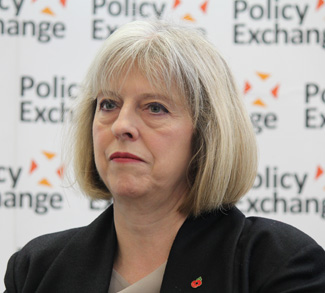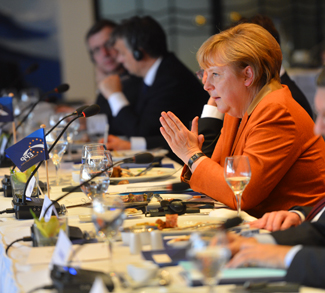Summary
The Bank of England is poised to raise interest rates for the first time in over a decade.
The last rate increase came in May of 2007, when the Bank hiked from 5.5% to 5.75%. The current rate sits at just 0.25%, and it has hovered in the sub-1% range since March 2009.
The timing of the hike is anything but ideal. This is not a hike that’s meant to pump the brakes on an economy hurdling toward full employment; rather, it’s a reaction to the pound sterling’s plunge since the referendum in 2016. And with the giant question mark of Brexit looming, confidence is already rattled regarding the United Kingdom’s short-term economic outlook.
Impact
UK the exception among upbeat G7 economies. Reading the IMF’s World Economic Outlook 2017 tells a tale of two economic outlooks: that of the United Kingdom, and then the other G7 countries. On economic expansion: “Growth in most of the other advanced economies, with the notable exception of the United Kingdom, picked up in the first half of 2017 from its pace in the second half of 2016.” Just today, the IMF described the UK’s medium-term growth outlook as ‘highly uncertain’ as it revised its 2017 growth projections to 1.7%, down from its 2% projection made last April. The Fund points to the headwinds of rising import prices and declining consumer spending as two reasons for its downgraded growth estimate.




